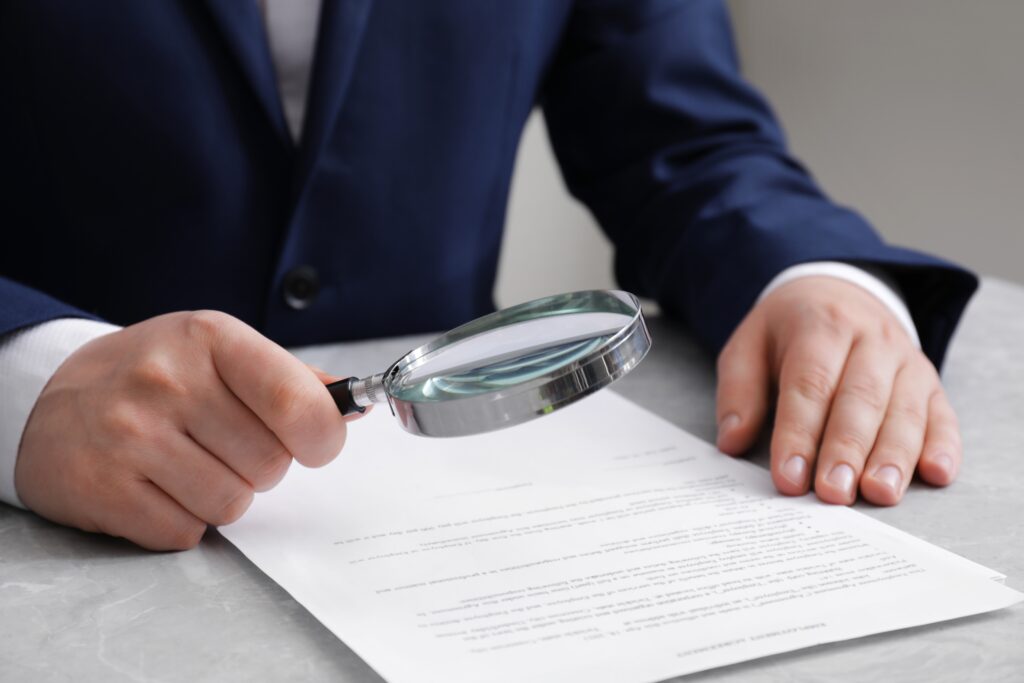How Computer Forensics Lab can help companies, private individuals, legal professionals and law enforcement to validate digital documents?
 Digital document forensics plays a critical role in many areas such as legal proceedings, criminal investigations, business intelligence, and cyber security. It uses a variety of tools and techniques ranging from specialised software to statistical and machine learning methods.
Digital document forensics plays a critical role in many areas such as legal proceedings, criminal investigations, business intelligence, and cyber security. It uses a variety of tools and techniques ranging from specialised software to statistical and machine learning methods.
Widespread use of digital documents such as title deeds, wills, probates, powers of attorney, contracts, bank statements, payslips, invoices and emails in disputes, civil and criminal cases due to the paperless revolution has caused serious concern about their authenticity. This is because the use of such digital documents can have a material impact in the outcome of any dispute or legal process. Therefore, it is highly important to find out if such digital documents, if presented as evidence in litigation, are genuine or have not been tampered with.
How can you tell the difference between an original digital document or one that has been tampered with or simply forged?
In order to find out the authenticity of a digital document, it has to be examined by a trained digital forensic document examiner so that all the properties of the document such as original date of creation, author, time, number of edits, modification date and the software used in creating or editing it are identified and validated.
There are several methods to validate the authenticity and integrity of a digital document. The exact method can depend on the specific type of document and the nature of the information it contains, but some general methods include:

Digital document authentication and validation
Document Metadata: Metadata provides data about the data, like creation time, last modified time, author information, etc. By examining these details, you can get clues about the authenticity of the document. However, it’s important to note that metadata can be manipulated.
Authorship Attribution and Origin: Finding the origins and author of the digital document is a crucial step in digital document examination and validation. For example, banks, governments, courts and official bodies always use distinct terminology and particular writing style in their content. Also by examining the metadata, the document examiner can identify the original device and/or software, author and even the department that created that formal document.

Digital Document Analysis
Digital Signatures: Digital signatures are used to validate the authenticity and integrity of a document. A digital signature is a mathematical technique used to validate the authenticity and integrity of a message, software, or digital document. It’s the digital equivalent of a handwritten signature or stamped seal, but it offers far more inherent security. A valid digital signature gives a recipient reason to believe that the message was created by a known sender (authentication), that the sender cannot deny having sent the message (non-repudiation), and that the message was not altered in transit (integrity).
Document Hashing: You can check the integrity of a document by comparing the hash value of the document. A hash value is a unique string of characters that a specific algorithm maps to a specific piece of data. If the document is altered, the hash value will change. However, this requires having a verified hash value from the time of document creation or a trusted source.
Certificates and Public Keys: Certificates issued by a trusted Certificate Authority (CA) can help to validate a digital document. The certificate contains a public key that can be used to verify a digital signature on the document.
Document Watermarks: Some digital documents contain digital watermarks, either visible or invisible, that can be used to check the authenticity of the document. These watermarks can contain timestamps, originator IDs, or other pieces of validating information.
Digital Forensic Analysis Software: There are forensic tools and software available that can assist in validating a digital document. These tools may use techniques such as pattern recognition, machine learning, or other methods to check the document against known indicators of forgery or tampering.
Forgery Detection: Identifying whether a document has been tampered with or forged. Techniques might include the analysis of file formats, text analysis, or image analysis.
Content Analysis: Analysis of the content in the document to identify inconsistencies, untruths, or anomalies.
Computer Forensics Lab digital document forensics team have extensive experience in examining, validating and analysing all types of digital documents. They have managed to help private individuals, legal professionals, company directors, investigators and law enforcement in identifying and authenticating digital documents since 2007. Call 02071646971 or use our secure service inquiry form here.